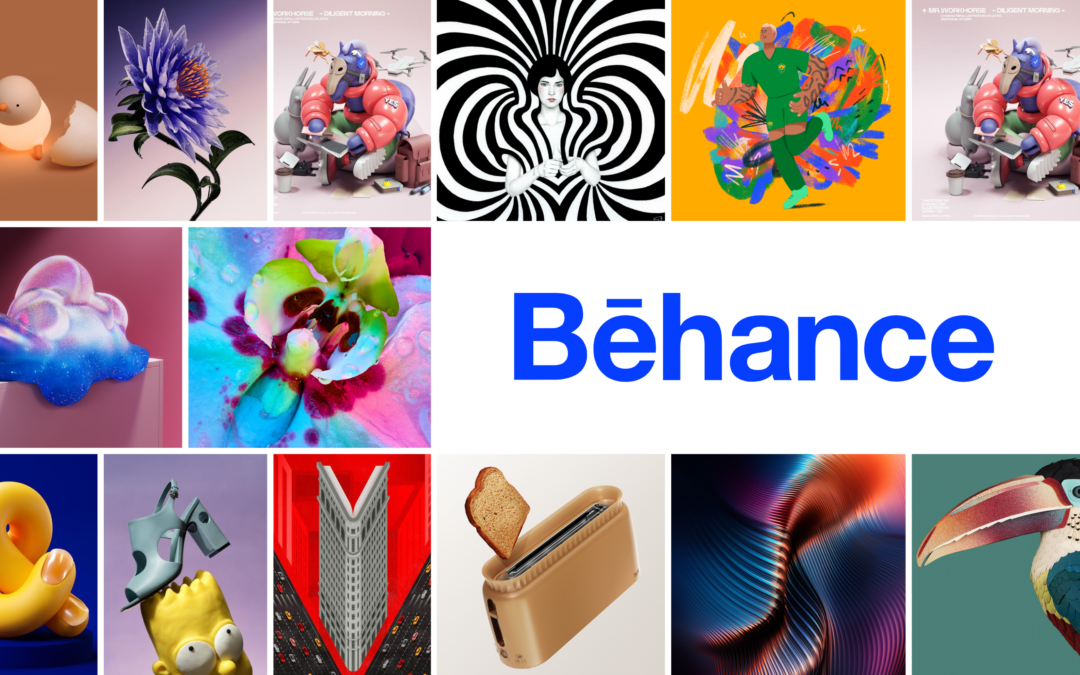
Behance’s Importance and Advantages for Creatives
In today’s digital age, showcasing one’s work and reaching a wide audience is crucial for creative individuals. Behance stands out as a platform designed for this purpose. Behance is an excellent place for artists, designers, graphic designers, photographers, and other creative professionals to showcase their work, find inspiration, and expand their professional networks. Here are some key reasons why Behance is important:
1. Professional Portfolio Presentation:
Behance is an excellent platform for creative professionals to showcase their work in an impressive manner. A well-designed portfolio is a significant factor in impressing potential employers and clients. Behance provides an impressive portfolio presentation that supports various art forms and allows users to showcase their work in a gallery-style format.
2. Reaching a Wide Audience:
Behance hosts a large creative community with millions of users worldwide. By sharing your work on this platform, you can ensure that your work reaches a broad audience. The professional network on Behance facilitates connecting with employers, potential clients, and other creative professionals.
3. Finding Inspiration and Learning:
Behance can be a constant source of inspiration and learning for creative professionals. By exploring projects shared by other talented artists and designers, you can gain new ideas, follow trends, and learn new techniques. Behance brings creative communities together, enabling you to engage in idea exchange.
4. Job Opportunities:
A successful portfolio on Behance can open up new job opportunities. Potential employers and clients can assess your skills and talents by reviewing your work on Behance. An impressive portfolio that showcases quality work can bring you various job opportunities, such as freelance projects, job offers, or exhibition opportunities.
5. Community Engagement:
Behance allows you to be part of the creative community, interact with other professionals, and receive feedback. By sharing your projects, you can receive comments and critiques from other users. This can help you improve your work and establish new connections.
In conclusion,
Behance is an important platform for creative professionals. By sharing a well-designed portfolio, you can reach a wide audience, find inspiration, learn, and access job opportunities. Behance helps you become part of the creative community, interact with other talented professionals, and supports your growth and success.
